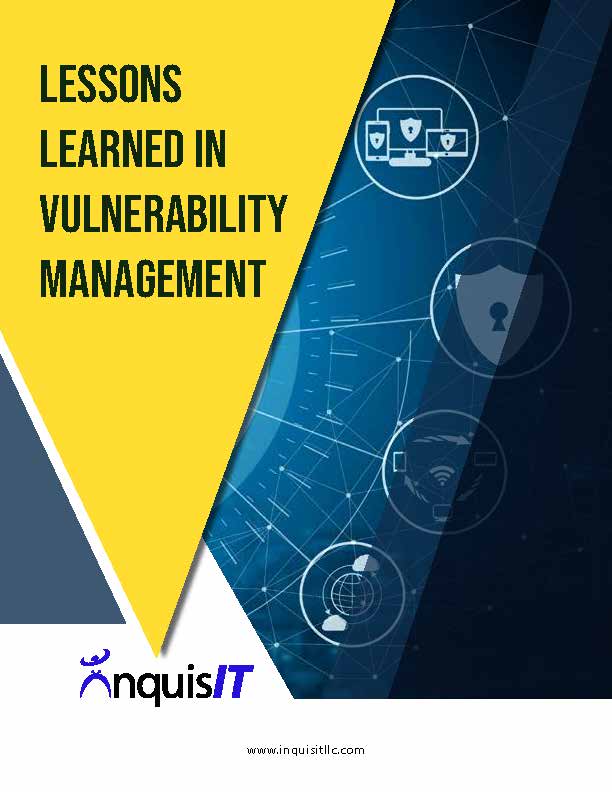Cybersecurity risk has taken over as the number one topic keeping CIOs and CISOs up at night. Whether it be because of user error, emerging zero-day threats, or persistent attacks against perimeter infrastructure, there is no doubt that agencies are under constant attack from foreign and domestic threats. Never before has it been so critical that agencies stay at the forefront of technology while maintaining patch management, configuration management, awareness programs, and overall vulnerability management in alignment like a finely tuned engine.
How do agencies outpace cyber threats? The answer is simple – Manage your vulnerabilities! Well, it’s easier said than done. Federal agencies are required to manage vulnerabilities on their network, but often are not
provided with all the necessary information on how to execute. Policies are sufficient for heavy brush strokes coming down from The Department, but more and more frequently the operational components of Vulnerability Management programs lead teams into peril. Having infinite options on when and how to run the program (and with what tools) can lead to a ‘paralysis by analysis’ effect, leaving SOPs in draft form for way longer than necessary.
Unfortunately, there is no one universal ‘silver bullet’ for the best way to structure the optimal Vulnerability Management program. Much of an effective program is more an art than a science, and requires constant tuning based on lessons learned. If you have been delegated responsibility for building out a program for your agency, hopefully these hard-earned lessons give you some ideas to think about in terms of preparedness and
technical capability.







